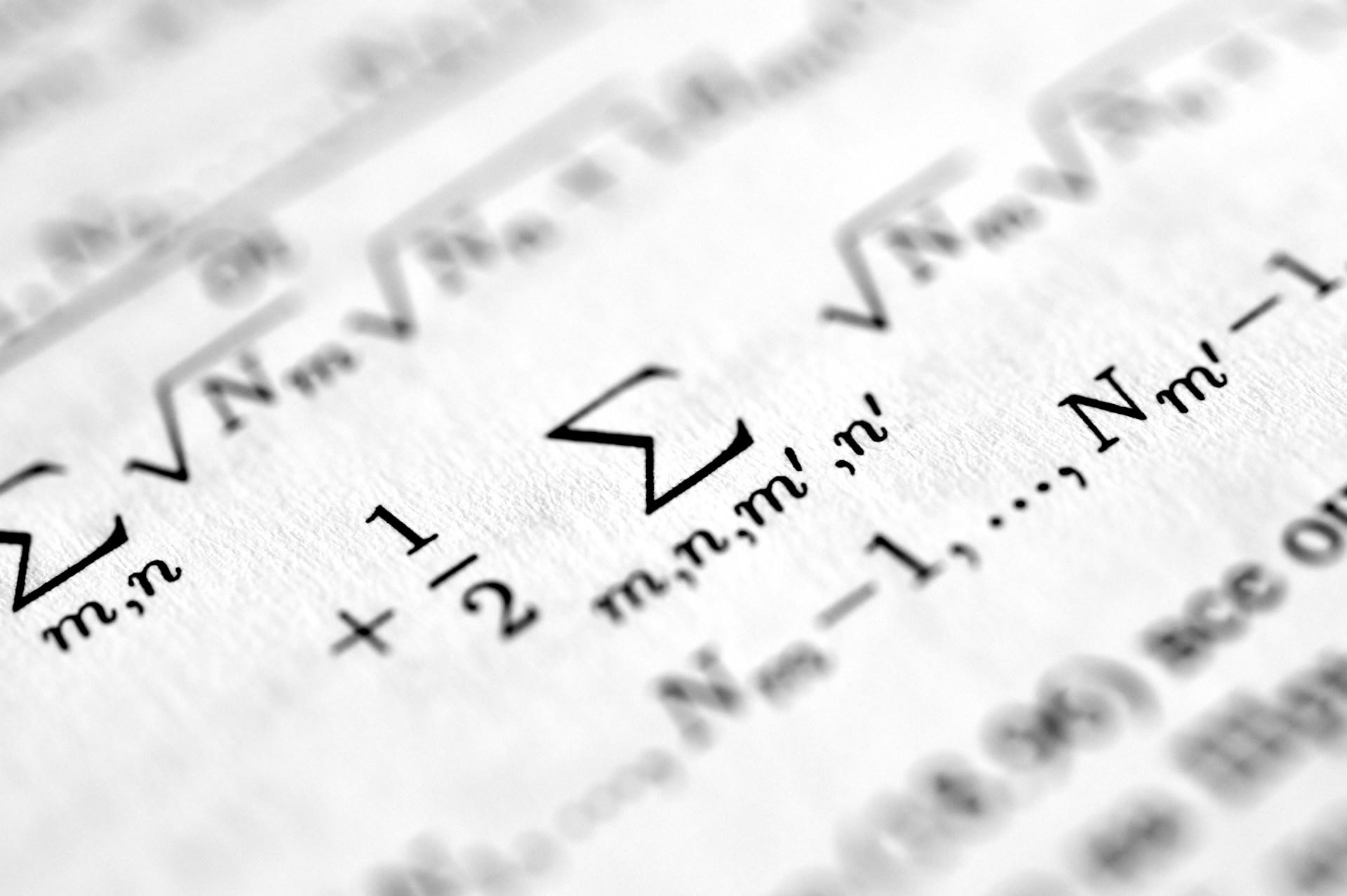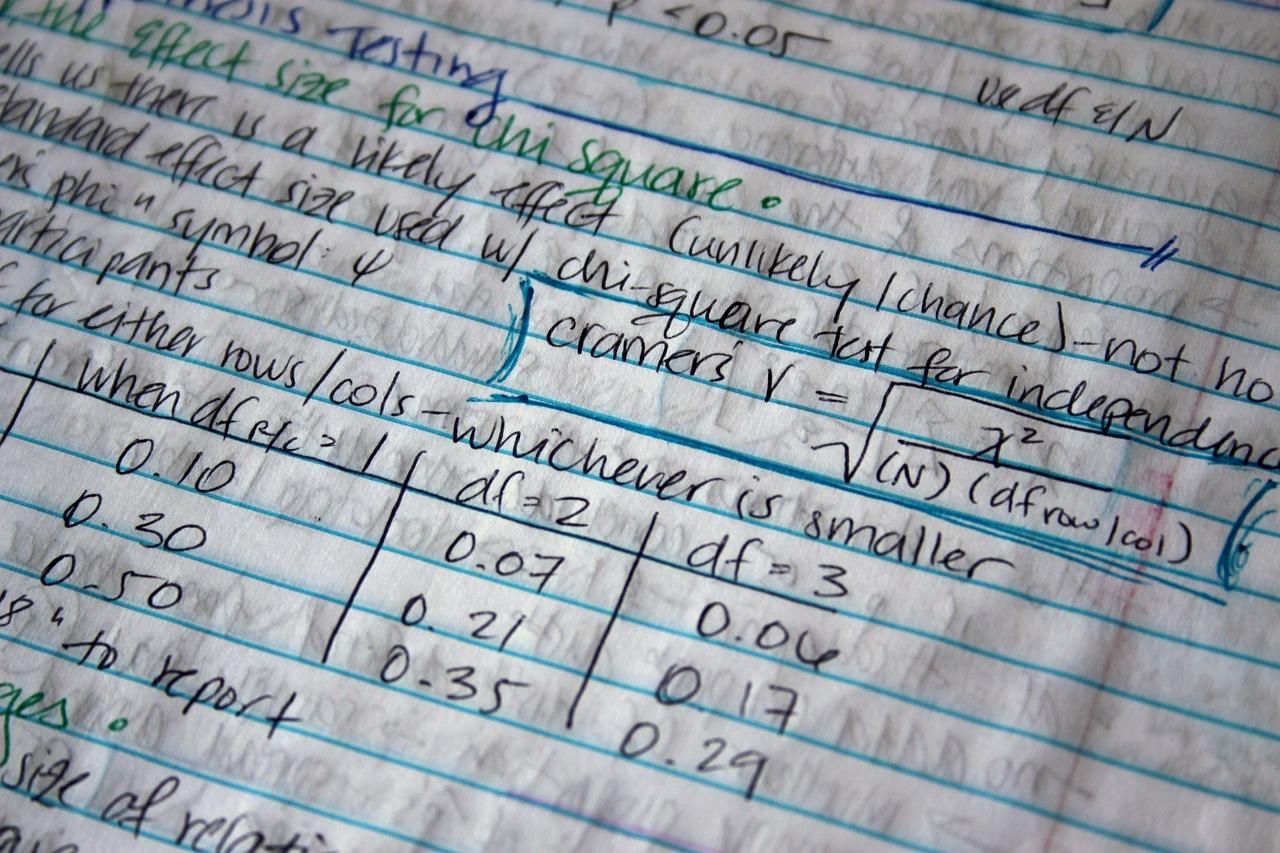If you are looking at getting into data science, one of the most important fields of study you should know is statistics.
Although data science and statistics are distinct fields, they are intertwined and used together to not only analyse data but also to assist with making decisions. Before we delve into some statistics practice problems you must first understand how these two fields relate and how they are essential when it comes to data extraction.

An Overview of Statistics and Data Science?
Statistics is a branch of mathematics and it is mainly focused on collecting, analysing and interpreting data. Statistics is an important tool that is used to summarise data while drawing conclusions and making predictions as well. When it comes to statistics some of the main and important concepts are mean, median, mode as well as inferential statistics.
Data science is a field that combines many different techniques, concepts and methods to extract meaningful data and insights from it. Some of the fields that are used in data science are computer science, mathematics, and of course statistics.
How Does Data Science and Statistics Relate to One Another?
The Foundation of Data Analysis
When it comes to data analysis, statistics is a field that is incontestable. Many statistical tests are available that can help scientists determine the differences between groups as well as the ability to identify patterns. This is what data scientists need to help them in their data analysis.

Data Interpretation
When it comes to the task of a data scientist, it is crucial for them to not only read and extract important information from data but also interpret and come up with solutions. This is where computational tools in statistics help them. With these tools, they can apply machine models for example to help them assess the performance and validity.
Modelling
Algorithms in data science are based on pivotal statistical theories. These algorithms are what help scientists understand data as well as help them with making predictions. Examples of these are regression analysis and classification.
Experiments
Another factor is experiments which are a pivotal part when it comes to statistics and collecting data. This is what makes up the foundational knowledge to ensure that the data collected is well structured and represents the wider population. This is the very thing that is important to data scientists when it comes to making sure the quality of the data and relevance is there.
Data Visualisation
In statistics, data visualisation is the best way to explain and understand complex relationships between patterns. In order to have an effective visualisation technique, a data scientist must be able to explain and communicate their findings effectively and sometimes these people do not have a statistical background.
Descriptive Statistics
One of the most important parts when it comes to statistics is descriptive statistics.
Descriptive statistics are methods that are used to organise and summarise data into meaningful patterns. This method is very important as it is able to provide a concise overview of data characteristics which includes measuring central tendency.
Some key concepts you should know about descriptive statistics are measures of central tendency which is essentially mean, median and mode. These are always used to summarise data.
Another key concept you should know is measures of variability which are range, variance as well and standard deviation. These are used to describe and explain how spread out a set of data is.
Here are some practice problems you should know:
- How to calculate mean - this will be the average of all the numbers
- How to identity median - this is the middle value of a set of numbers
- Finding standard deviation - you will get this by calculating the mean and then finding the variance of the average of squared difference from the mean and taking the square root of that

Inferential Statistics
Inferential statistics enables scientists to not only make inferences about the population but also make predictions based on their sample data.
One of the key concepts you should know when it comes to inferential statistics is population vs sample. A population is an entire group while a sample is merely a subset of this group.
Another key concept that you should know about is confidence intervals. The confidence interval is the range of values within a parameter that is estimated to contain the true parameter within a population.
Hypothesis testing is yet another that falls under inferential statistics. This is a popular method of testing an assumption that is used widely.
You should familiarise yourself with these three practice problems.
Probability Distribution
A probability distribution is a mathematical function that provides the probability of different possible outcomes. There are two types of probability distribution which are discreet and continuous. This is an important part of statistics because of its ability to analyse data, model uncertainty as well as make predictions.
The key concepts that you should be familiarising yourself with are normal distribution, binomial distribution and Poisson distribution.
You should attempt all the practice questions that are related to these three distributions as it is highly useful when it comes to data analysis and its use in the field of data science.
Hypothesis Testing
Hypothesis testing is very important and is fundamental and makes up the foundation of every aspect of statistics. Hypothesis testing provides a systematic and clear method on how to evaluate data. In order for you to understand hypothesis testing you should know three main key concepts of this testing. The first is the null hypothesis. In this, you will conclude that the hypothesis has no difference. An alternate hypothesis is where there is a difference of effect indicated. P value on the other hand is the probability of at least as extreme as under the null hypothesis. You should make sure you understand these thoroughly and attempt as many practice problems in this section as they are extremely important and pertinent not only in the field of statistics but also in data science.
How to Make Sure You Have a Strong Foundation in Statistics?
Having a strong foundation in statistics is pivotal to being successful in data science. Here are some ways you can ensure you solidify your understanding of statistics.
Understand the Basics
One of the key points when it comes to statistics is making sure you have a strong foundation in the basics. You must not only understand the basics but also master it. You must familiarise yourself with descriptive statistics as well as all the other topics mentioned in this article. Make sure you utilise all the resources available to you from videos, information and websites available online as well as books and study materials you can find in libraries.

Practice Makes Perfect
Similar to a lot of things, statistics is one of those subjects you will have to practice and practice until you understand and get it. Like the famous phrase, statistics requires you to practice until you perfect your knowledge. There are many ways you can achieve this and one of them is through online courses and exercises available near you. Learn to compute averages and draw graphs to help you interpret and reinforce what you have learnt.
Understand the Theory
As we mentioned earlier, it is important for you to practice until you understand and learn but all this will be wasted if you do not have a strong foundation in the theoretical part of statistics. You must take the opportunity to explore different statistical methods as well as the concepts in statistics such as probabilities, regression analysis, distributions and many more. Some we have explained above but these only scratches the surface of what you will need to master.
As you learn using sites and videos as well as academic papers, you will only deepen your understanding and this in turn will help you enhance your statistical skills.
Some of the practice problems we have mentioned above will only help with mastering the fundamentals of statistics. This will help you with real-world applications and prepare you for your journey to becoming a successful data scientist. Always remember that contrary to what most people think, statistics is not only about numbers. It is about taking unrecognisable data and making them into insights to help with decision-making.
Learning statistics is highly rewarding. It is a skill that is very impressive and highly sought after especially in the workforce. If you are someone who is looking at learning and mastering statistics, or if you are just intrigued and interested in learning statistics, you should head over to Superprof and get a tutor. Our platform connects students with tutors for a variety of hobbies and subjects and that includes statistics. Our tutors are passionate about what they teach so you can rest assured that they are there to help you not only learn but master your statistics materials. We were established nearly ten years ago and we have helped countless students all over the world learn and grow. Did we mention we have an extensive database of qualified, experienced and verified tutors just waiting to help you?
One of the main reasons you should consider hiring one of the tutors from Superprof is because they are there to tailor their classes and lessons according to your needs, requirements and goals. Our tutors are known to be versatile, accommodating and good at what they teach. They are there to help you reach your goals with the individual attention you need to grow as a statistician!














